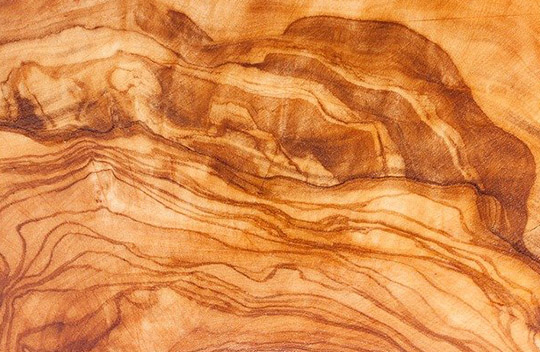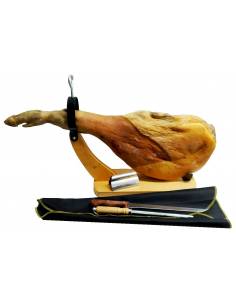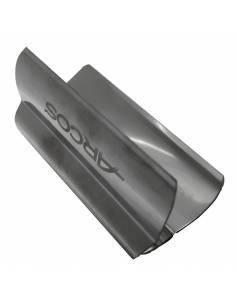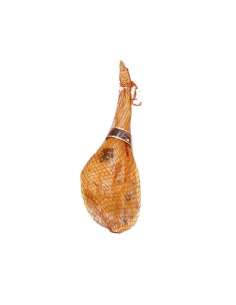If we have chosen a ham holder with a quality wood, part of this problem will be solved. The weight of this, added to that of the ham, will help us to remain firm during the cut. Greater weight at this point will mean something positive for us.
Many supports have rubber studs under the base, this will help us to prevent it from sliding easily, and in the end it guarantees a more comfortable and safe cut.
The size of the base will also depend on the type of hams that one intends to consume. In a bar or restaurant, where the circulation is more continuous and greater in good Iberian hams of greater dimensions and weights, a longer table is recommended. For a family's personal consumption, a smaller shoulder or hams, a smaller base would be sufficient. The preference of the cutter must also be taken into account, since the length of the table will change the inclination of the leg. Professionals tend to prefer a greater inclination towards the horizontal and therefore a long board.








